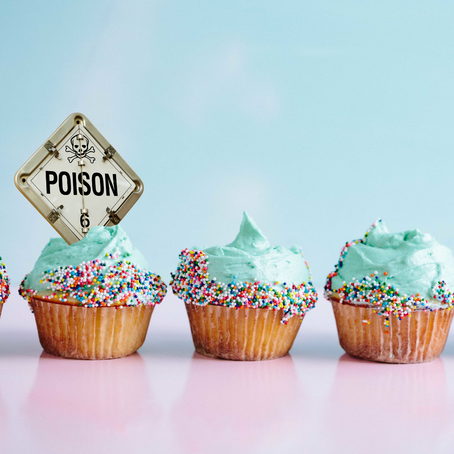 By: Matthew Smith, DACM, MSOM, Dipl.Ac., CPT ***Disclaimer: This article is not intended to be used as grounds to claim a cure of any disease. If you are thinking about using an herb, supplement, or therapy of any kind please first consult your primary care provider *** Controversial Topic: Sugar Alternatives Are Healthy Alternatives Over the last decade there has been an extreme spike in the popularity of sugar alternatives making claims that they are diet, low calorie, longer lasting flavor, sweeter flavor, healthier alternatives for consumption in food. However there is a huge grey area when it comes to alternative sweeteners as the market has blown up with just about everything else to avoid using as much sugar. While sugar may be a classic and utilized sweetener, sweeteners like aspartame, sucralose, stevia, erythritol, xylitol, stevia, monk fruit extract are popping up everywhere in the market being advertised as healthier alternatives. However, what is good, what is bad and what are healthy limits to consume, if any, of these substances? Who are the key players/influencers/influenced or what are the major concerns of the topic at hand? Healthcare practitioners, trainers, coaches, consumers, athletes, anyone that consumes anything sweet! The major concern is that there is a lack of concrete evidence matching claims that alternative sweeteners are in fact healthier alternatives in food products. The research is lacking and not easily available to the public while certain research is potentially being influenced by corporations to sway the population. Who is for sweetener alternatives and who is against them? Surprisingly there was not a lot of research that was either for or against the use of alternative sweeteners. However what I found was rather interesting with some potential flaws. The question we are trying to answer is whether or not alternative sweeteners are beneficial in comparison to something like sugar. Since they tend to be advertised many times as “healthy” rather than neutral, this can in fact be very misleading. The first of two sources that I came across which are in support of greater research and conservative sweetener consumption is the article that discusses Intense Sweeteners and Taste Receptors and how the intense sweeteners play a role in gastrointestinal dysbiosis. Another article that also has conservative information regarding the use of sweeteners was from Tufts University titled, The Facts About Natural Sugar Substitutes. This was actually a newsletter put out by Tufts University earlier this year that talked about natural sweetener alternatives which included pros, cons and needs for further research. The articles that were “inconclusive” or made statements that alternative sweeteners were safe included an article researching Metabolic syndrome, non-alcoholic fatty liver disease and the gut microbiome. Now while this article is in favor of researching the potential unhealthy correlations between sweeteners, it points out something more important. It points out how necessary it is for further research. This study showed that due to lack of long term study, there is no way to know for sure the potential outcomes of negative side effects of some sweeteners. I still placed this in the non-supporting research however because it shows the bigger issue at hand and the study itself was not able to show that alternative sweeteners are safe or effective for longer term health. The last article, which I found to be very interesting was titled, The Effects of Non-Nutritive Artificial Sweeteners, Aspartame and Sucralose, on the Gut Microbiome in Healthy Adults Secondary Outcomes of a Randomized Double Blinded Crossover Clinical Trial. The research concluded that “aspartame and sucralose did not cause measurable changes in the gut microbiota or SCFAs after 14 days of a realistic daily intake in healthy participants” (Ahmad, S. Y., et al, 2020). Here is where it gets interesting because substances like sucralose and aspartame have been in question and rather under fire with potential links to actual poisoning potential and creating dysbiosis. As I read further into the article I noticed this research was sponsored by PepsiCo. It should be noted that PepsiCo. uses these sweeteners in their products. It would therefore reflect poorly on the company if these sweeteners were found to be “unsafe” for consumption. How can we see this from a Traditional Chinese Medicine (TCM) Theory standpoint? Coming from a TCM perspective we can look at this from a liver, spleen and stomach perspective in relation to symptomatology and herbal study. What we know is that the spleen and stomach tend to be tonified and warmed from too much sweetness and flavor. This does not necessarily mean sugar as our focus is more so on flavor. Therefore even if something is a sugar alcohol, based on tcm herbology, the sweet flavor can still overload the spleen and stomach systems with excess "dampness." Excess dampness hurts the spleen and stomach function and thus leads to poor digestion and build up of excess body fat. When there is more fat this can lead to more heat and damp heat as well as time goes on. This dampness as a result can later become damp heat which can accumulate and become an issue long term. This could lead to some ugly health outcomes like obesity, insulin resistance, high blood pressure, and cholesterol imbalances if these sweeteners could simply be linked to throwing off aspects of the gut microbiome. How has this become a controversial issue and is there a clear path in the research that dispels a sense of controversy around the topic? This seems to be a controversial issue because there is not a clear cut answer what the effects of these sweeteners really do to the body. Based on past experiences I have seen that the more artificial non-nutritive sweeteners have been linked to many issues including spikes in insulin which can be dangerous. I have personally seen the use of aspartame and sucralose in many of the products that my powerlifting teammates, coaching clients and all over the web. They think these products are good for them because they have less than 1 gram of sugar per serving but in reality there is the potential for them completely throwing off their gut health which is imperative for optimal health and performance. The trouble is, finding the evidence is not easy due to the obvious conflicts of interest with these being in so many products. Natural sweeteners may be a better alternative but research is also lacking in quality, and long term effects. It is also important to note this is a broad topic that could become more specific. Some alternative sweeteners do have the potential to be helpful, however my larger skepticism has to do with aspartame, sucralose and stevia that has been tampered with in a laboratory. References 1. Ahmad, S. Y., Friel, J., & Mackay, D. (2020). The Effects of Non-Nutritive Artificial Sweeteners, Aspartame and Sucralose, on the Gut Microbiome in Health Adults: Secondary Outcomes of a Randomized Double Blinded Crossover Clinical Trial. 2. Green, C. H., & Syn, W.-K. (2019, May 11). Non-nutritive sweeteners and their association with the metabolic syndrome and non-alcoholic fatty liver disease: a review of the literature. Germany. https://eds-a-ebscohost-com.pacificcollege.idm.oclc.org/eds/pdfviewer/pdfviewer?vid=4&sid=2affcc67-3a58-4012-a94c-9a64f59f4f9e%40sessionmgr4008. 3. Tufts University. (2021, March). The Facts About Natural Sugar Substitutes. Boston, MA. https://eds-b-ebscohost-com.pacificcollege.idm.oclc.org/eds/pdfviewer/pdfviewer?vid=1&sid=c1dceeae-31fc-4fda-8fac-38bc10ed02b0%40sessionmgr103. 4. Turner, A., Veysey, M., Keely, S., Scarlett, C. J., Lucock, M., & Beckett, E. L. (2020, June 8). Intense Sweeteners, Taste Receptors and the Gut Microbiome: A Metabolic Health Perspective. https://eds-b-ebscohost-com.pacificcollege.idm.oclc.org/eds/pdfviewer/pdfviewer?vid=2&sid=28438691-71df-45a4-8eca-6f991e0862d8%40sessionmgr102.  Health & Human Performance Coach, Doctor of Acupuncture and Chinese Medicine, professor, and competitive strength athlete, Matthew Sabey Smith DACM, MSOM, Dipl.Ac,, CPT is the owner and founder of Strength Smith Training Systems LLC. With an extensive background in integrative holistic health, training and coaching, Dr. Matt uses his knowledge to help individuals improve their training, boost their recovery and maintain optimal balance as they chase their athletic, fitness and health endeavors.
2 Comments
 By: Matthew Smith, DACM, MSOM, Dipl.Ac., CPT ***Disclaimer: This article is not intended to be used as grounds to claim a cure of any disease. If you are thinking about using an herb, supplement, or therapy of any kind please first consult your primary care provider *** Healthy & Better Tasting Naturally Flavored Water? Well it is easy to make and truthfully I enjoy the process, and especially drinking it! But before we dive into that, what even inspired me to write this article in the first place? Everyone Has An Opinion From Safe To Toxic When It Comes To Flavors Sounds like a joke trying to make water “healthier” right? Well there is a deeper reason to why I decided to bring this idea to the forefront. You may actually be surprised by this but there are a lot of misunderstandings when it comes to “flavors” that are in beverages and rightfully so. It is common to not know the difference regarding what the FDA allows as an artificial flavor, a natural flavor, or natural essence. There are blogs and individuals who seem to give people the idea that a natural flavor is toxic, while there are others who may claim that artificial flavors are nothing to pay attention to. So in this article I wanted to help clear some of that up as well as give you an easy and enjoyable recipe you can make yourself that will give you a little antioxidant pep in your water. The FDA Guidelines, A Beaver's Anus and Science Flavors… Now this is a bit of a scary and eye opening one. Let’s start off with the clearer picture here and I will do my best to simplify based on what the FDA guidelines read. If you would like to see them for yourself you can access them HERE. Let’s keep it simple to start, natural flavors and natural essences are very similar based on the FDA guidelines. In simple terms, there must be some sort of natural derivative present in the flavoring for it to be considered a natural flavor (U.S. Food and Drug Administration, 2020). However, it is not as simple as that and so what seems to be the issue? Well, the flavor itself doesn’t tell the whole story. This is because the actual process to getting to that natural flavor can be not as “natural” as you may think it is. Personally, when I used to think of natural orange essence, I would picture a little bit of squeezed orange or orange puree, or at the very least orange oil. The truth is, yes that could be the case. But in most foods, natural flavors are way more complicated than that. There are extensive processes that take place in order to create these natural flavors. The natural flavor vanilla for example could be derived from vanilla beans or the castor sacs of beavers (Kennedy, C.R., 2015), yumm… but don’t worry the castor sacs are different than the beaver’s anal glands, they’re just near one another. Anyway, back to the flavors. The point I am getting across here is that if it did not originate in a lab, it can still be considered a natural flavor after it has been altered in a lab. The origin is natural and therefore it could still fall under the category of a natural flavor. What is not taken into account in food products is if there are pesticides or chemicals used prior to harnessing the natural flavor. This is why we end up in such a gray area with natural flavors. Much to my surprise, there is even the argument that artificial flavors are “safer” than natural flavors because artificial flavors tend to have a “simpler chemical composition” (Scientific American, 2002). Well It Turns Out There Isn't A Huge Difference As it turns out there is not much of a difference between natural and artificial flavors because in the end they both are processed in a lab by a professional flavorist and tend to still have similar chemical constituents in them to still maintain the same flavor (Scientific American, 2002). This likely comes as a shock to many, because we have been trained to think natural and artificial are usually more easily distinguishable. The issue with all of this is the fact we really do not know what went into making a natural or artificial flavor. This is why there will always be a gray area with the present definitions placed by the FDA. This essentially means, you don’t completely know what you are eating or drinking and therefore, you do not know how it could affect your health. Here Is What I Do About It When It Comes To My Flavored Water Therefore, I always err on the side of caution and look for more “actually natural” alternatives. Instead of going to the store and buying whatever cheap flavored water I could find (which was usually in plastic where phthalates can become a potential health concern) I decided to start making my own instead. The best water to use would be one that comes from a glass bottle, but I use aluminum cans when I cannot find glass (not as good but still better than plastic). This can be as simple as grabbing a nice tasting fruit like blueberries and mashing them up or processing them into a puree. I personally like to use a mortar and pestle (I like traditional ways of making food when possible). Preferably using a non-gmo and organic fruit or vegetable (like a cucumber) you can flavor your water so easily and make it much more enjoyable to drink. Not to mention, if you use carbonated water, you can add more carbon dioxide to your system which can actually be a good thing for your performance. While that may be a conversation for another day, Ben Greenfield has some interesting things to say about that in his book “Boundless” and you can find him talking about it in his blog HERE (Greenfield, B., 2019). Ingredients for your Healthier Naturally Flavored Water -Water or Carbonated Water -Food, Vegetable or Spice of your Choice: An easy go to I like is some blueberries and strawberries -Smash or process the ingredients until you have made a puree, pour into a class and combine with your water. Keep It Stupidly Simple It really is that simple and now you can have a better grasp of what is going into your body. As a result you are removing many of the chemical concerns that could be hiding within the natural or artificial flavors and plastics that you would normally consume in your water on a daily basis. Have fun with it and enjoy the real thing, you can experiment and you may surprise yourself how you suddenly become a master flavorist in your own kitchen! But I Don't Have Time! If you simply do not want to take the time and you are always on the go I personally would recommend the brand Spindrift. This brand uses fruit puree and water rather than utilizing natural or artificial flavors. I even tested it myself by opening one and leaving it for several weeks to see how well it was preserved. It turns out it became moldy and therefore the puree was breaking down as a normal fruit would in water so I gave it the natural and safer green light of approval. For the record, I am not sponsored by spindrift, I actually just like their product. You can have a look at spindrift and purchase it here: SPINDRIFT References: Greenfield, B. (2019, August 27). The ultimate breathwork ninja guide: How to banish stress & kiss high cortisol goodbye. Ben Greenfield Fitness - Diet, Fat Loss and Performance Advice. Retrieved September 13, 2021, from https://bengreenfieldfitness.com/article/the-ultimate-breathwork-ninja-guide-how-to-banish-stress-kiss-high-cortisol-goodbye/. Kennedy, C. R. (2015, September 21). The flavor rundown: Natural vs. artificial flavors. Science in the News. Retrieved September 13, 2021, from https://sitn.hms.harvard.edu/flash/2015/the-flavor-rundown-natural-vs-artificial-flavors/. Scientific American. (2002, July 29). What is the difference between artificial and natural flavors? Scientific American. Retrieved September 13, 2021, from https://www.scientificamerican.com/article/what-is-the-difference-be-2002-07-29/. U.S. Food and Drug Administration. (2020, April 1). CFR - code of federal Regulations Title 21. accessdata.fda.gov. Retrieved September 13, 2021, from https://www.accessdata.fda.gov/scripts/cdrh/cfdocs/cfcfr/cfrsearch.cfm?fr=501.22. 
By: Matthew Smith, DACM, MSOM, Dipl.Ac., CPT ***Disclaimer: This article is not intended to be used as grounds to claim a cure of any disease. If you are thinking about using an herb, supplement, or therapy of any kind please first consult your primary care provider *** Most of Us Are Not Hunter/Gatherers So you need food, you are not a hunter/gatherer so you are slightly at a loss for the quality of your food. Why? Because now you have to rely on companies to do all the dirty work for you. Good, wholesome, food is essential to your health, but how do we know if it is good for us or not? You have probably heard it a million times, “eat more fruits and vegetables” right? Well sure, that is a really good start. Fruits and vegetables get you necessary dietary fiber, vitamins and nutrients that are essential for your physiological functions. But how do you know the difference between the organic watermelon versus the conventional watermelon versus the packaged and freeze dried watermelon chips? Seems like a perfectly valid option if they are all in fact watermelon in the end right? Well… not exactly… Quick Tip A nice quick tip I like to give my clients is to shop on the outer edges of the grocery store. The reason for this is because most of the whole foods that are available tend to be on the periphery, and most of the processed, packaged foods tend to be placed in the aisles. I am not saying never go into an aisle for some things on the list, but when it comes to real food we are talking about a few staples. Basics As humans we are omnivores by genetic makeup. This means our bodies have the ability to eat both plants and meats. If we go back to the basics, these are what we ultimately need to survive in the world. Unfortunately not everyone today has the ability, time, luxury, or space to tend to a garden for crops or go hunt for meat on a regular basis. Modern day technology has simplified a lot of this for humans, but in many cases, there is reason for caution. Not All Food Is Created Equal Not all food is created equal. Since we may not need to physically grow and forage our own food, in a way we still do at the grocery store or the market. As humans in a modern day society we still need to decipher what foods will make us feel good and ultimately fuel us to go about our daily lives. In the end we can save a lot of time, energy and resources to maintain a job, home, gym memberships and social gatherings with friends. If we need something, we can hop over to the closest store and there is practically a 100% chance you will leave with something along the lines of what you were looking for. Freedom At Last Healthier alternatives are hard to come by these days. Between allergies, food sensitivities and maintaining good taste; that can be a hard combination to create. However, that is an opportunity to create a goldmine for companies. Advertising that states you can eat a food you normally cannot have is an automatic niche market for a company. For example, look at the ingredients on a homemade loaf of wheat bread. They tend to be minimal, but for someone who suffers from celiac disease cannot eat wheat bread. A company that creates a bread that is gluten free, resembles regular wheat bread, and tastes really good automatically interests anyone with a gluten intolerance or allergy. As a result this niche population is ready to buy that product as soon as it hits the shelf regardless if there is a laundry list of ingredients that may not necessarily be in their best interest when it comes to their digestion and health. But it provides that one feeling in the form of a food they have longed for to find for so many years since developing that allergy or intolerance. Freedom at last… Processed Food Advertising This is the game of the processed food market. A company can make more money off of processing a product, creating an enhanced taste, and giving it a fancy looking label to catch your attention. Compare this to a farmer who specializes in selling a handful of crops. You are not going to find the same amount of patented processes for growing a crop (unless it is genetically modified which is a rabbit hole we will save for later), and thus, it is less unique, and as a result, is less of a niche market to sell to. For simplicity sake, a wheat crop is a wheat crop (again, not talking about GMO's here), nothing else. But a wheat cracker with sea salt from the dead sea, rosemary from morocco and sundried tomato from Italy all with under 5 calories per serving sounds a lot more appealing and "healthier" doesn’t it? Well, looks can be deceiving because we did not discuss preservatives, shelf life, rancid oils or nutritionally stripped wheat that may also be in those very crackers. These crackers can be marketed, sold and advertised in a beautiful way to convince you why they are not only unique, but actually healthy for you, without giving you all the information (Santana, M. O., et al, 2020). You Are Your Food Within Two Days Let’s keep it really simple, the less scientific looking names on the food label, the better it is probably going to be for you. Our bodies are designed to digest foods in their natural form. When we focus on processed foods, there are elements that are taken away, altered or added. This may be to remove a certain protein allergy, improve the flavor, or to match a specific calorie goal. It gets very complicated! So what is the point to all this and what happens when we are eating food that we cannot break down? I am sure you have read numerous articles that talk about “you are what you eat” and yes that is actually true. What you eat actually becomes “you” in 35-40 hours (Riccio, P., & Rossano, R., 2019). Let’s put that into perspective for a minute… This means that the snack you ate or the supplement you took, or the drink you consumed, becomes you at a cellular level within two days. Compound this for multiple days, weeks, months and years, and the changes become more and more apparent. This shows in your lab results, and how well you age. You Have The Freedom To Choose Everyone wants to look young, live pain free and ultimately thrive in their lives with the body they have been given. So is it going to be in your best interest to eat from a box or directly from the earth? Well, the choice is ultimately up to you, that is the beauty of having choices. Food should be enjoyed, it should be fun and you should be excited about what you eat! It is a dance between flavor, fuel and happiness. All it takes is a little learning, weighing your options and ultimately choosing what your goals and needs are when it comes to the food you eat. References: Riccio, P., & Rossano, R. (2019). Undigested Food and Gut Microbiota May Cooperate in the Pathogenesis of Neuroinflammatory Diseases: A Matter of Barriers and a Proposal on the Origin of Organ Specificity. Nutrients, 11(11), 2714. https://doi.org/10.3390/nu11112714 Santana, M. O., Guimarães, J. S., Leite, F., Mais, L. A., Horta, P. M., Bortoletto Martins, A. P., & Claro, R. M. (2020). Analysing persuasive marketing of ultra-processed foods on Brazilian television. International journal of public health, 65(7), 1067–1077. https://doi.org/10.1007/s00038-020-01456-6
|
Details
Topics
All
Archives
June 2022
Author:Doctor of Acupuncture and Chinese Medicine, Coach, Professor, and competitive strength athlete, Matthew Sabey Smith DACM, MSOM, LAc., Dipl.Ac,, CPT is the owner and founder of Strength Smith Training Systems LLC. With an extensive background in integrative holistic health, training and coaching, Dr. Matt uses his knowledge to help individuals improve their training, boost their recovery and maintain optimal balance as they chase their athletic, fitness and health endeavors. |
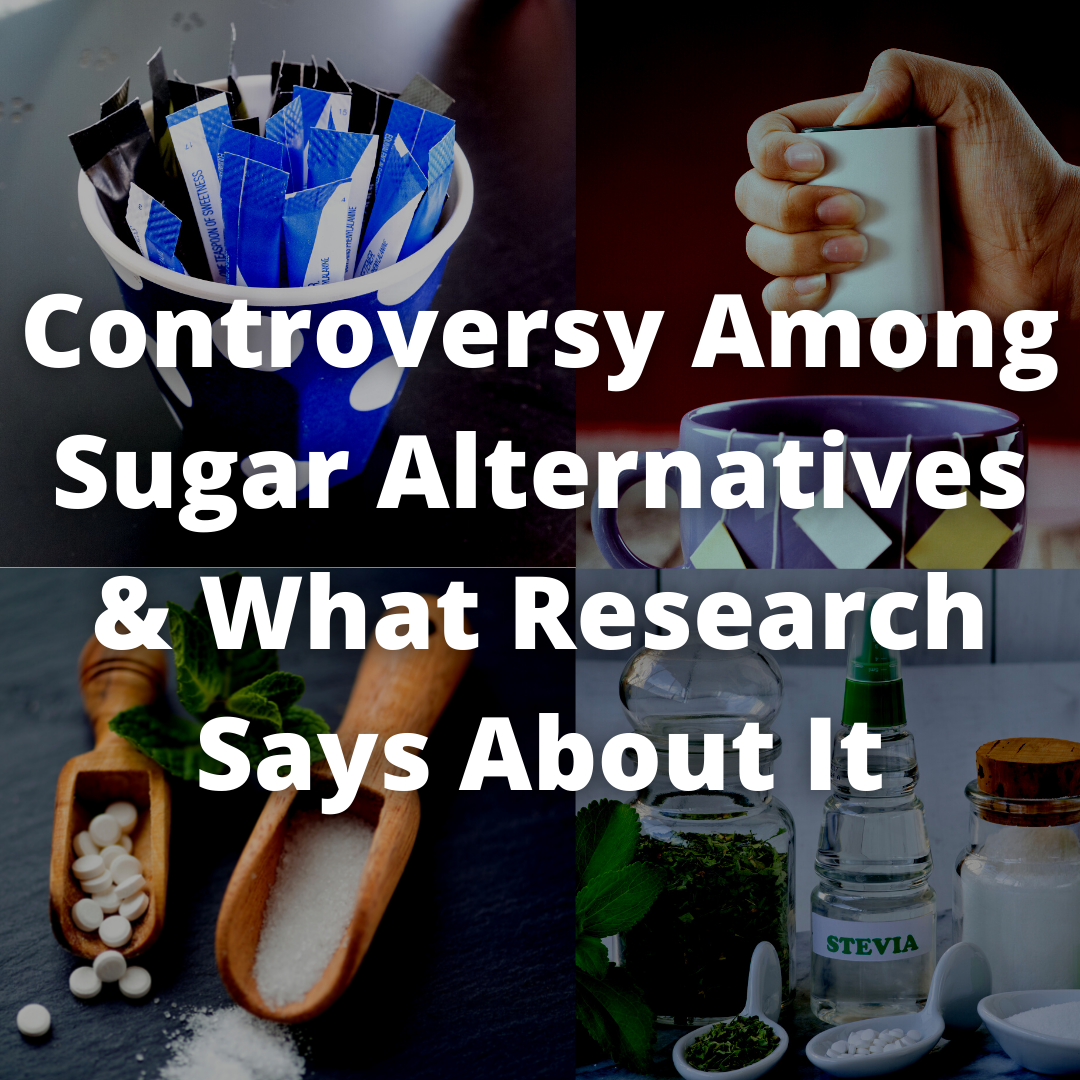
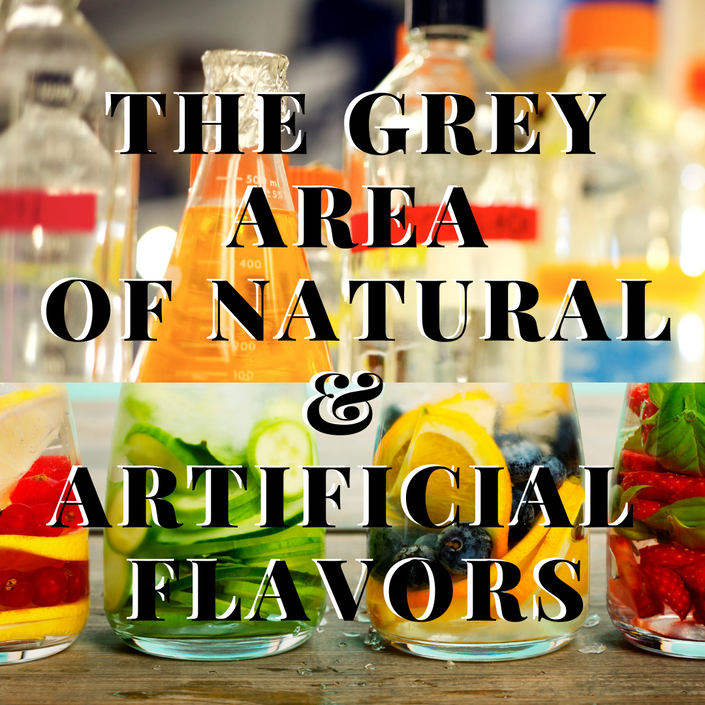
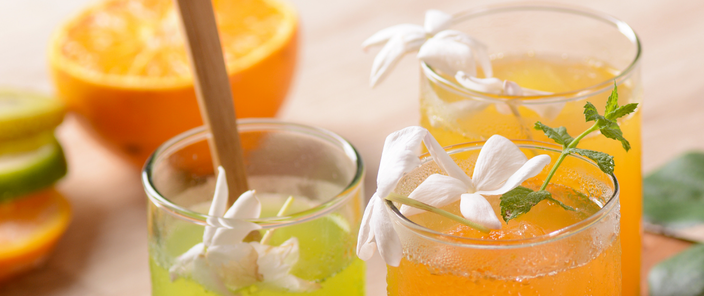
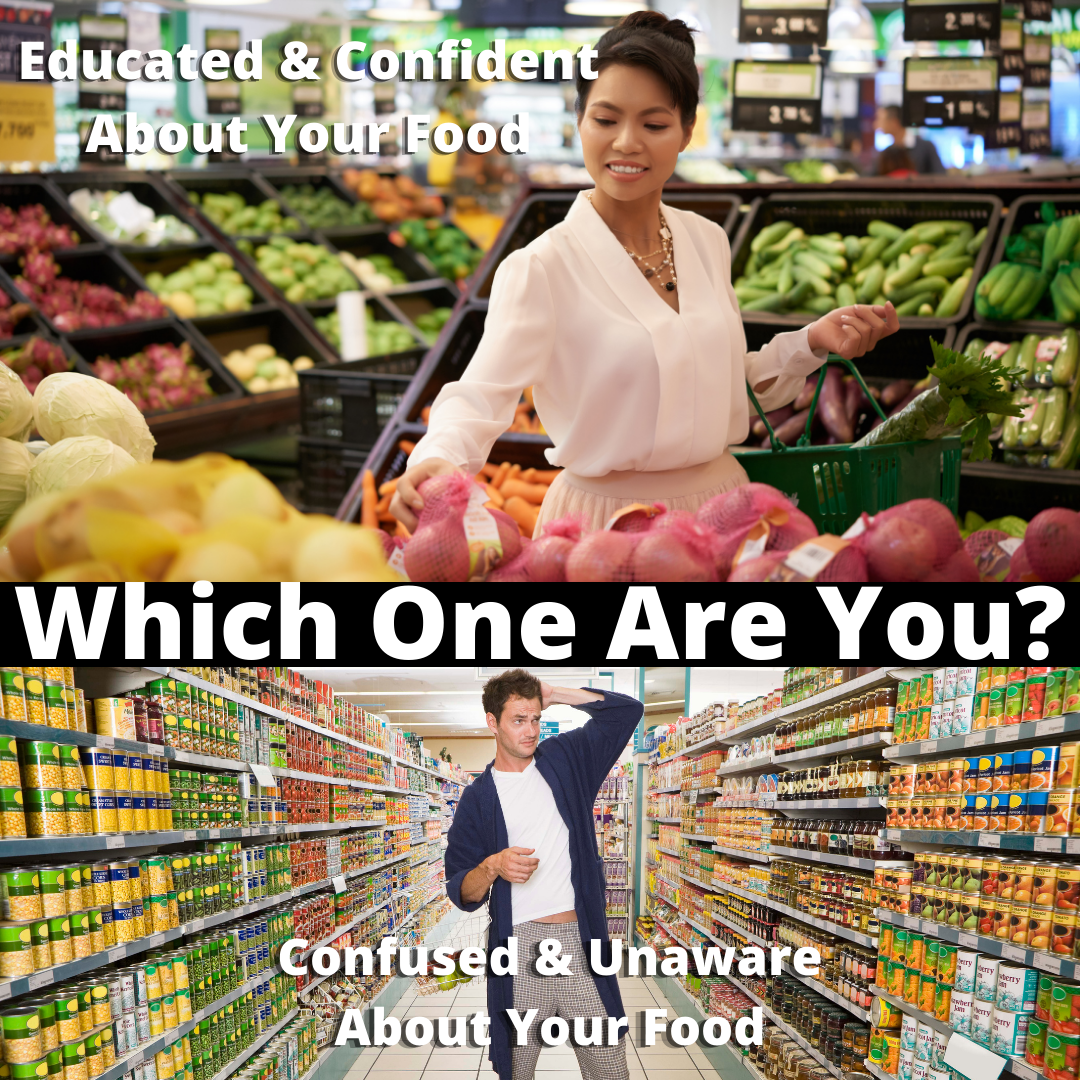

 RSS Feed
RSS Feed